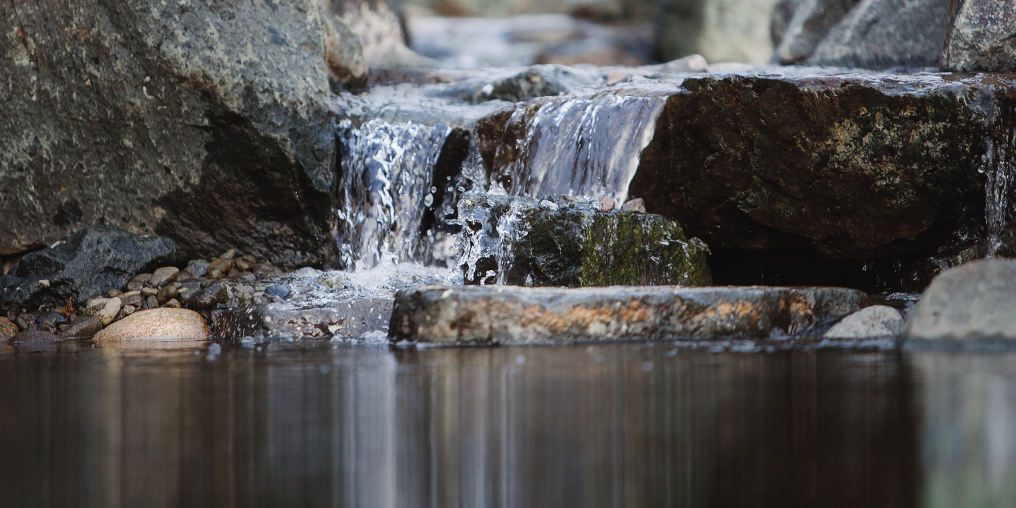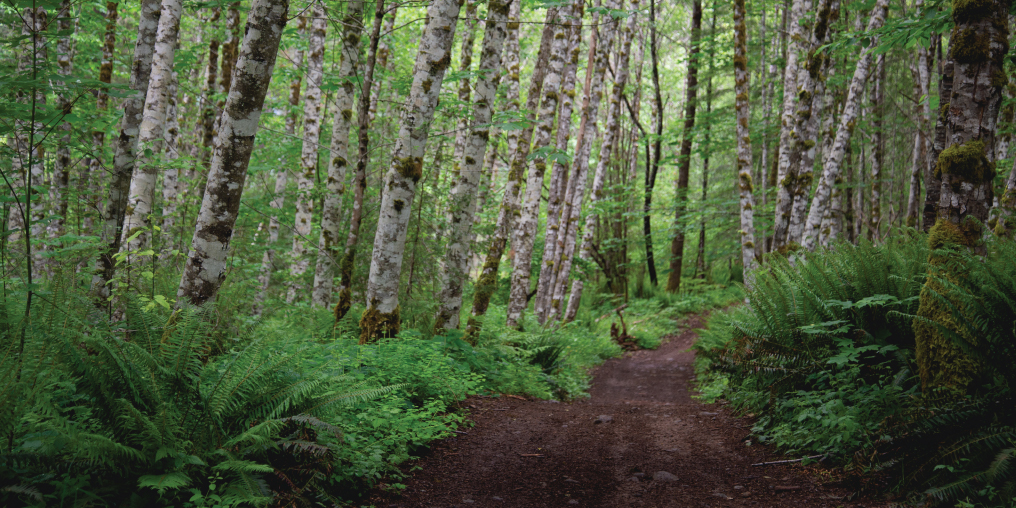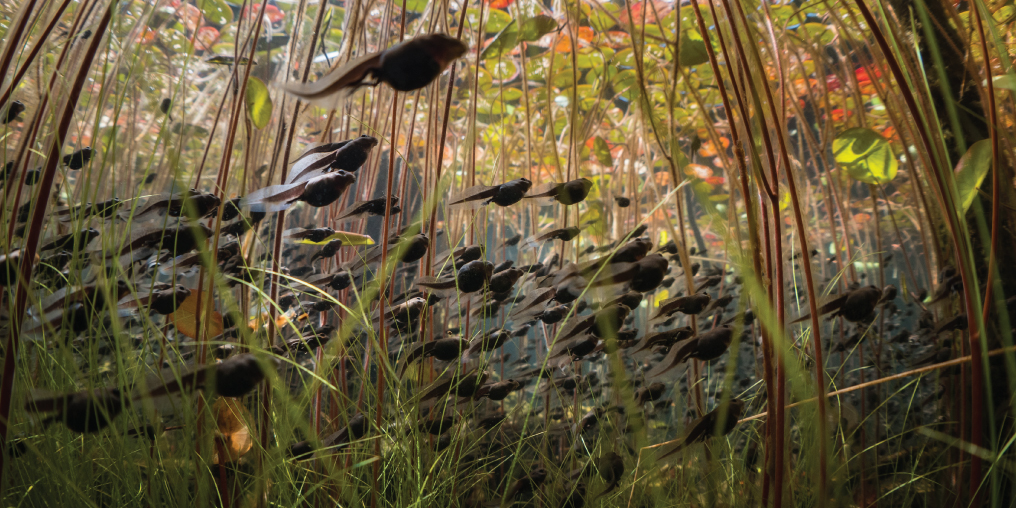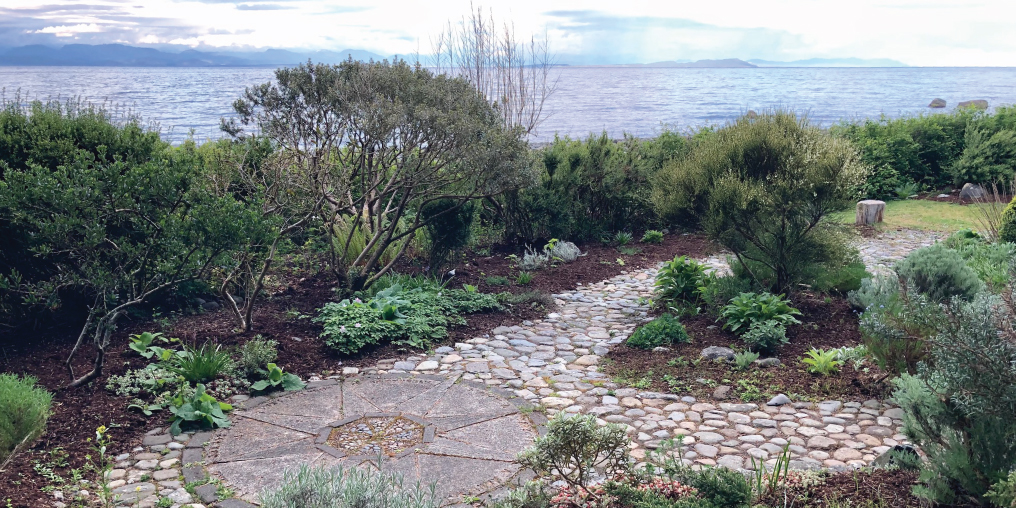It is amazing to stand on the shores of Comox Lake and consider the vast amount of water it contains. With a surface area of 21 square kilometres and a mean depth of 61m, the lake holds millions upon millions of cubic metres of crystal-clear fresh water. With an average precipitation of 1,100mm per year falling in this 460 square kilometre watershed, flow into the lake from tributaries such as the Upper Puntledge, Cruikshank, and others often peaks upwards of 65 cubic metres per second in the rainy season.
If you ask the average resident of the Comox Valley where all this water goes, you’ll find that most people’s response is the Puntledge River. Those with a more nuanced understanding might add the BC Hydro penstock to their answer. Really thoughtful people might also make reference to the taps of 45,000 residents and businesses who benefit from the nine million cubic metres per year under licence to the Comox Valley Regional Districts (CVRD) water service. Very few people, however, consider the water under our feet.
On planet Earth, 95% of liquid (unfrozen) fresh water is not stored in lakes or rivers, but below the ground in aquifers. Aquifer means “water bearer.” Also known as groundwater, tiny spaces between particles of sand, gravel, silt, and clay along with fractures and spaces in bedrock holds, by far, the majority of water available to humans, and we devour that water with a tremendous appetite. In the US, 90% of all water used municipally, industrially, and for agriculture comes from aquifers. In arid regions of the earth, groundwater commonly provides 100% of available water.
This can be problematic. Often referred to as “fossil” aquifers, some of this groundwater was deposited millions or even billions of years ago and is not replenished, or at least not nearly as quickly as it is used. In this sense, some aquifers are not a renewable resource. In places like Phoenix, groundwater usage has been extensive, and over time the top surface of groundwater has been getting lower and lower, meaning wells need to be drilled, deeper and deeper, to the point where the cost of the energy to pump the water to the surface threatens the economic viability of agriculture in the region. In Mexico City, groundwater extraction is responsible for the city literally sinking up to 22cm per year. Once the top layers of the aquifer become dry, the spaces between the pores of sediment collapse, causing subsidence of the earth over extensive areas of the city, leading to widespread damage to buildings and infrastructure.
Approximately 6% of the world’s aquifers are considered “young” aquifers, meaning they are replenished continuously by precipitation or surface water inputs. If you could bring all of the water in the world’s young aquifers to the surface of the earth in one instant, the surface of every continent would be covered by three metres of fresh water. However, the very nature of these highly permeable aquifers makes them extremely sensitive to contamination from waste, industrial, agricultural or otherwise. In some cases, bacteria can easily survive the journey from a river into an aquifer, and then into a groundwater well.
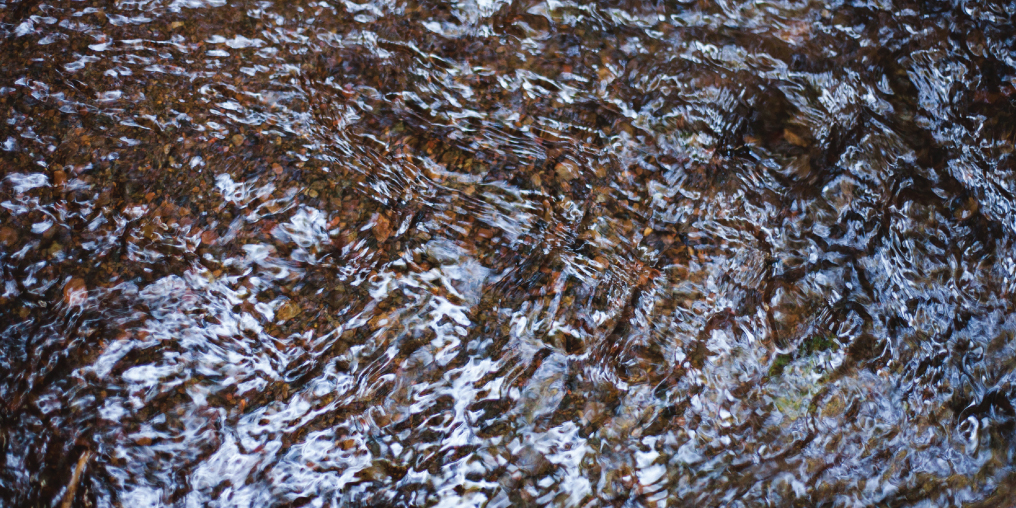
Comox Lake feeds a massive aquifer that is probably twice the size of the lake itself. Extending from the eastern shore of Comox Lake, the aquifer is divided into two sub-components. The first, aquifer 0417, is 14.9 square kilometres in area and occurs within a permeable, unconfined layer of sand and gravel left behind by ancient glacial outwash. There is very likely an interplay between this aquifer and the surface water of Maple Lake and Maple Lake Creek, meaning that some of the water in Comox Lake likely leaks out through the aquifer into the creek and ultimately down the Trent River. The second, aquifer 0951, also occurs within these same glacial deposits below the Morrison Creek watershed. Here, it’s quite easy to find one of the 10 or more springs along the base of the gravel escarpment that forms the headwall of the Morrison Creek watershed. Comox Lake water, again seeping through the sand and gravel layers, feeds Morrison Creek and ultimately re-joins the Puntledge River in Courtenay.
Recent hydrologic studies have also suggested that the series of springs in the headwaters of the Millard-Piercy watershed are also fed by this same complex of unconfined aquifers, meaning that Comox Lake water also drains via Millard Creek in Royston. Spring-fed headwater systems such as these have extremely important climate-proof qualities, most notably including a reliable base flow of cool water year-round that is not as sensitive to summer drought conditions. Protecting these areas and the aquifers that support them is critical in maintaining fish and wildlife populations in the face of threats from climate change.
Comox Lake is not the only source of water recharging this aquifer. Rainwater percolating through the ground above the aquifer itself also contributes. This includes anything dissolved in the water that washes off our homes and gardens, roads, farms, and industrial lands. Within the Village of Cumberland, bylaws are in place to protect the aquifer from contaminants associated with land use and development. The CVRD also has a watershed protection plan in place which aims to safeguard the quantity and quality of Comox Lake water as a drinking water supply for residents. These measures also support the protection of water quality and quantity in the aquifers.
Through the CVRD’s Connected By Water program, we can elevate our understanding of the rich ecology, history, and hydrology of this area, and make changes in our lives and behaviours that ensure future generations will also benefit from a reliable supply of high-quality water.





